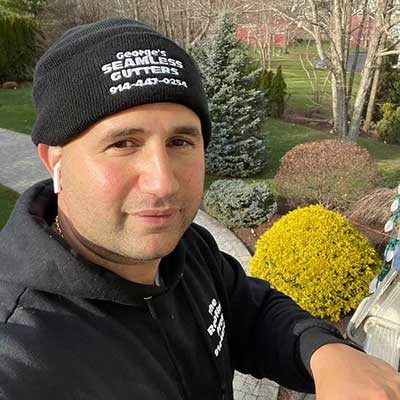Understanding Your Roof: How Roof Components Work Together & Why Roof Repairs, Chimney Flashing, and Soffit & Fascia Fixes Matter
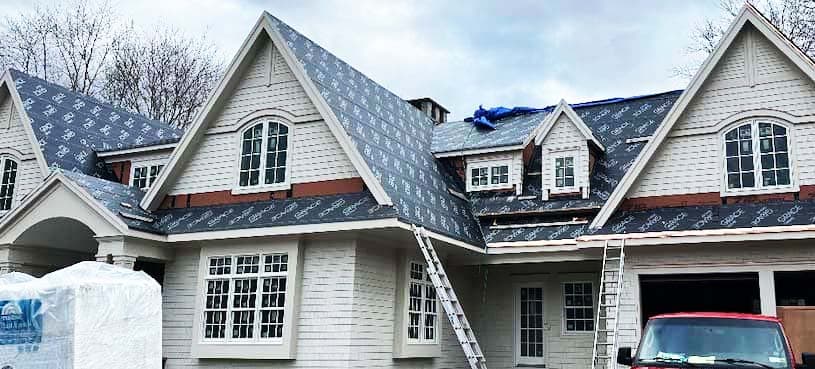
Your roof isn’t just a collection of shingles—it’s a complex system of interconnected parts designed to protect your home from rain, snow, wind, and temperature changes. Each component works together to prevent leaks, maintain ventilation, and support the structure of your house.
When one part of the system fails—whether it’s missing shingles, deteriorated chimney flashing, or rotting soffits and fascia—it can lead to costly damage to your home’s interior and exterior.
- The key components of your roof and how they work together
- How each part protects your home and contributes to roof health
- Why regular maintenance and timely repairs—including roof repairs, chimney flashing fixes, and soffit & fascia upkeep—are essential for preventing major damage
A strong, long-lasting roof isn’t just about shingles—it’s about the layers and structural elements working together to keep your home safe and dry.
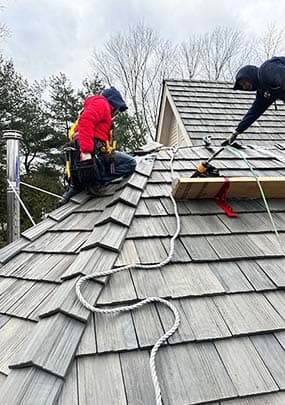
- The outermost layer of your roof, typically asphalt shingles, metal panels, or tiles
- Shields against rain, snow, wind, and UV rays
- Requires regular inspections for missing, cracked, or curling shingles
- The wooden foundation that supports the shingles
- Susceptible to water damage, rot, and sagging if leaks go unnoticed
- If weakened, it can cause major structural issues
- A protective layer between the roof decking and shingles
- Prevents moisture penetration if shingles fail
- Crucial for protecting against ice dams and wind-driven rain
- Thin metal strips placed around chimneys, vents, skylights, and valleys
- Prevents water from seeping into joints and roof openings
- Often deteriorates due to weather exposure, rust, or poor installation
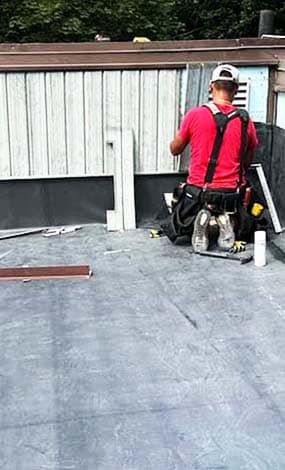
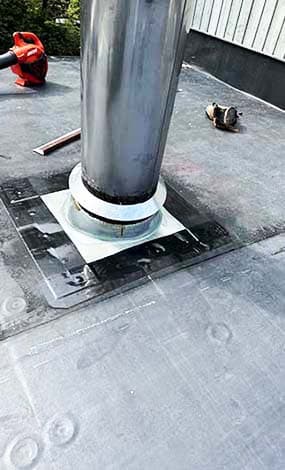
- Includes ridge vents, soffit vents, and attic fans
- Prevents moisture buildup, which can lead to mold, rot, and insulation damage
- Helps regulate attic temperature, reducing energy costs and preventing ice dams
- Soffits allow for proper airflow into the attic and prevent moisture buildup
- Fascia boards support the gutters and provide a finished look to the roofline
- If neglected, they can become water-damaged, rotten, or pest-infested
Every part of your roof has a specific job, but they all rely on each other to maintain a watertight seal and proper airflow. Here’s how they function as a system:
- Shingles protect the roof decking, but if they’re missing or damaged, water can seep in and rot the wood.
- Flashing prevents water from entering vulnerable spots like chimneys and roof valleys. If it’s cracked or rusted, leaks can develop.
- Soffits allow for airflow into the attic, preventing trapped moisture that can lead to mold and rot.
- Fascia supports your gutters, ensuring water is directed away from your home’s foundation. If it rots, gutters can pull away, leading to water damage.
- A well-ventilated attic reduces heat buildup in summer and prevents ice dams in winter, extending the lifespan of your entire roof.
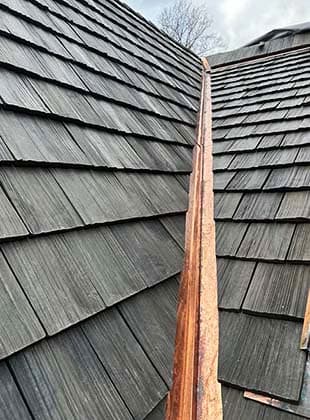
If one part of the system fails, the entire roof can become vulnerable to leaks, water damage, and even structural failure.
Even the most durable roof will need repairs over time due to weather exposure, aging, and normal wear and tear.
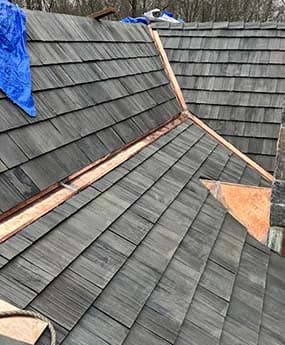
- Missing or curling shingles – Often caused by wind, storms, or aging
- Water stains on ceilings or walls – A sign of a roof leak
- Granules accumulating in gutters – Indicates shingle wear and deterioration
- Sagging roof sections – May suggest structural damage or trapped moisture
- Moss or algae growth – Can lead to moisture retention and roof decay
Small roof problems can quickly escalate if ignored. A few missing shingles today could lead to extensive interior water damage in the future. Routine inspections and minor repairs help extend the lifespan of your roof and prevent costly replacements.
George’s Advice: “A $300 roof repair now can save you from a $10,000 roof replacement later. The key is to fix small issues before they get worse.”
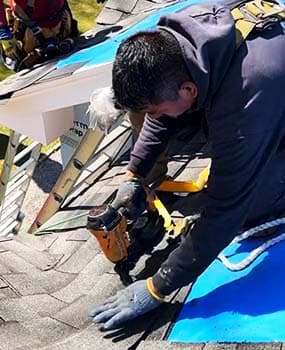
Your chimney flashing is a thin metal seal that keeps water from entering the space between your chimney and roof. If it’s compromised, water can seep in, leading to wood rot, attic leaks, and mold growth.
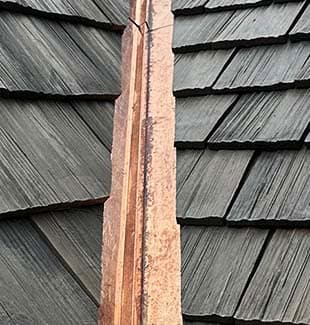
- Water stains on ceilings or near the fireplace
- Visible rust, cracks, or gaps in the flashing
- Loose or missing flashing after storms
- Moss or mold growth near the chimney base
- Small cracks or gaps → Can often be resealed with roofing caulk
- Rust, deterioration, or severe leaks → Requires full flashing replacement
Though often overlooked, soffits and fascia are crucial to roof health. If damaged, they can lead to attic moisture buildup, pest infestations, and structural issues.
- Peeling or chipping paint – A sign of moisture exposure
- Rotting or sagging boards – Indicates water damage
- Cracks or holes – Can let birds, squirrels, and insects into your attic
- Detached gutters – Often caused by rotted fascia boards
- Keep gutters clean and functioning to prevent water overflow.
- Inspect soffits and fascia seasonally for cracks, peeling paint, or soft spots.
- Address small repairs immediately before rot spreads to structural components.
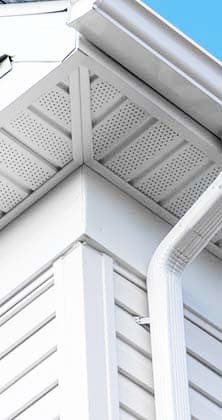
Final Thoughts: The Importance of Roof System MaintenanceYour roof, chimney flashing, soffits, and fascia all work together to keep your home protected from moisture and structural damage. A well-maintained roof system extends the life of your home, prevents expensive repairs, and improves energy efficiency.
Key Takeaways:
- Get regular roof inspections to catch minor issues before they become major problems.
- Fix chimney flashing leaks early to prevent water intrusion.
- Maintain soffits and fascia to keep your attic ventilated and pest-free.
- Don’t ignore small roof problems—they can quickly turn into expensive repairs.
If you’re in Westchester County, NY, or Fairfield County, CT, and need a professional inspection or repair, don’t wait until a small problem turns into a big one.










